Aniseed was cultivated by the Ancient Egyptians and Romans. It is native to Egypt and other Mediterranean countries and western Asia. There is evidence that anise was used in Egypt as early as 1500 B.C. to aid digestion. It is one of the oldest known spice plants used both for culinary and medicinal purposes and as a flavor for medicine since prehistoric times.
Its common name is aniseed or sometimes called sweet cumin. Its latin name is Pimpinella anisum. Its early Arabic name was anysum from which was derived the Greek anison and the Latin anisum. Its Arabic name at present is yansoon.
Uses
It has many medicinal uses.
The volatile oil gives the plant a delightful flavour and has been combined with other less pleasant tasting medicinal herbs to offset their taste. The oil is also antispasmodic, helping to relieve intestinal wind and spasmodic coughs. Anise has been combined with cathartic laxatives to help reduce the spasmodic cramping they can cause. It may also have modest antiparasitic and antihelminthic actions and has been recommended by some practitioners to treat mild intestinal parasite infections
Culinary Uses:
Anise is primarily associated with cakes, biscuits and confectionery, as well as rye breads. The oil distilled from the seed is preferred over the seed for flavouring, because the seed has an undesirable appearance in some edible products. It is used in much the same way as fennel to flavour fish, poultry, soups and root vegetable dishes. It is the characteristic ingredient of a German bread called Anisbrod. In the Mediterranean region and in Asia, anise is commonly used in meat and vegetable dishes.
It makes an excellent soothing herbal tea. It can be used as a breath sweetener, where we can roast the seeds lightly before chewing.
| Weight | 1000 g |
|---|
Reviews
There are no reviews yet.


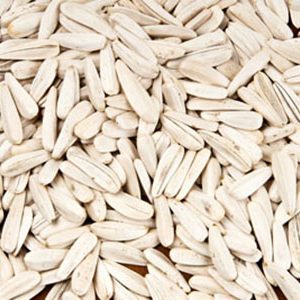

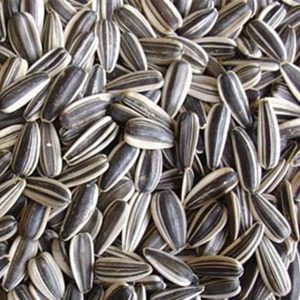

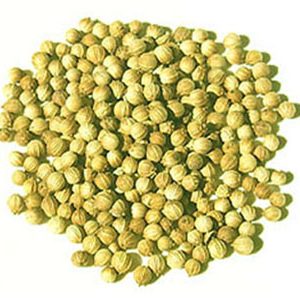
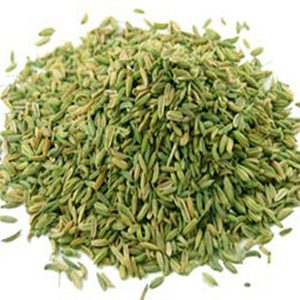
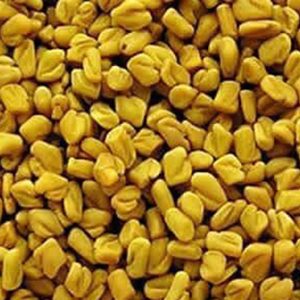
Be the first to review “Anise”